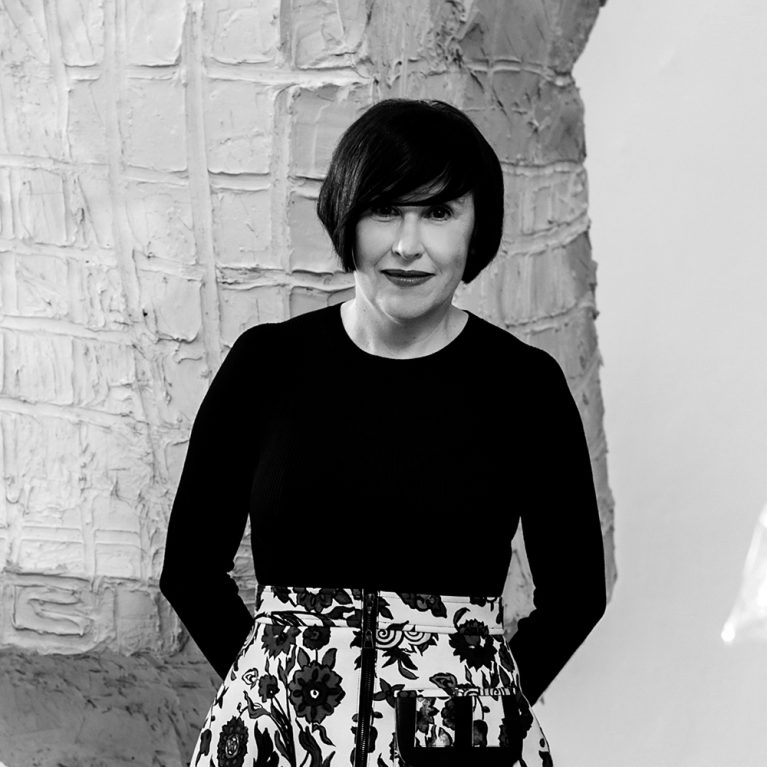interviews
Alice Rawsthorn’s Milan
There are so many historic Milanese buildings I love, but my absolute favourite is Studio Museo Castiglioni...

What is your favourite historical building in the city?
There are so many historic Milanese buildings I love, but my absolute favourite is Studio Museo Castiglioni. The decision to preserve the place where the great Achille Castiglioni worked from 1944 to 2002 just as he left it was inspired. It gives you such a vivid sense of Castiglioni’s character as well as his incredible work. I’m always intrigued to see his weird collections of galoshes and soda bottles, the Spirale ashtrays where he’d leave cigarettes smouldering, the doodled notes from friends like Ettore Sottsass and Max Huber, and the mirror in his office, which was specially angled to enable him to watch his assistants at work and visitors coming and going. The studio museum is a wonderful tribute to him and to Italy’s modern design heritage.
What do you normally do when you are in Milan?
Milan is filled with fantastic examples of vernacular design that you come across simply by walking around. I love the concrete traffic cones designed by Enzo Mari in the shape of traditional panettone cakes, though they seem to be disappearing at an alarming rate. The remnants of Franco Albini, Franca Helg and Bob Noorda’s design scheme for the subway system are great too [Monumental Milan]. On the art front, I always try to see Maurizio Cattelan’s middle-fingered salute to the Milan Stock Exchange, and to look up from Piazza del Duomo to see Lucio Fontana’s neon sculptures through the windows of Museo del Novecento. Though the random glimpses of the lovely courtyards and the intricate stone or iron work on Milanese buildings can be lovely too.
Is there a shop in Milan where you buy special items?
I always visit Nilufar on Via della Spiga whenever I’m in the city to see which 20th-century Italian design gems Nina Yashar has unearthed. She never fails to find surprising and intriguing objects that teach me something new about Italian design. Visiting her gigantic storage space at Nilufar Depot on Viale Vincenzo Lancetti to see the range and quality of the works there is thrilling too.
What is your favourite cafe, bar or restaurant in the city?
So many to choose from. For lunch, I love the traditional northern Italian fare at the Latteria on Via San Marco [The rising City]. For dinner, the Tuscan and Ligurian dishes at Da Giacomo on Via Pasquale Sottocorno are delicious. Michael and Stephen Maharam’s annual dinner there is always a highlight of Milan Design Week. Wes Anderson’s pretty, witty Bar Luce at Fondazione Prada is brilliant for drinks and snacks [The Polycentric Centre]. Though I also enjoy coffee and cakes at the pasticcerie on Via Montenapoleone, Caffè Cova and Prada’s reinvented Marchesi.
Which new buildings have transformed the face of Milan?
Rem Koohaas/OMA’s work at Fondazione Prada has been a fantastic addition to the city [The Polycentric Centre]. I visited the site when it was derelict, before construction began, and it has been fascinating to see it evolve since then. I always enjoy the subtlety with which OMA has restored the old industrial buildings without diluting their character. Cladding the “haunted house” in gold leaf was a masterstroke, as was inviting Wes Anderson to design the fabulous Bar Luce. Another recent Milanese architectural coup is Stefano Boeri’s Vertical Forest housing project [The rising City]. Planting so many trees and plants on such a compact plot of land is a brilliant, deceptively simple concept, which is a joy to see and admirable from an environmental perspective.
What would you transfer to Milan from another place?
I would love to reinstate something that Milan recently lost, G. Lorenzi, the wonderful coltellinaio on the corner of Via Montenapoleone and Via Pietro Verri. I always found impeccably made, unexpectedly useful things there, and I relished its meritocratic spirit. The staff, who were fantastically knowledgeable about each of the thousands of products, were instructed to be equally attentive to every customer, regardless of how much they spent. And popular brands of soap were displayed alongside exquisite handmade combs and brushes on the basis that they were all exemplars of their respective types. G. Lorenzi also evoked many of the best qualities of 20th-century Italy. Giovanni Lorenzi came from a family of itinerant knife grinders from Trentino. He and his wife Lina set up the shop and established a network of artisanal suppliers throughout Italy, each specialising in a particular material or technique. Their sons, Franco and Aldo, then expanded the business. It is so sad that Milan has lost something so special.


